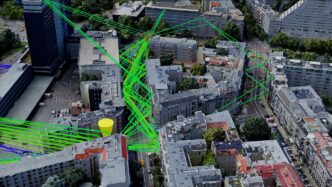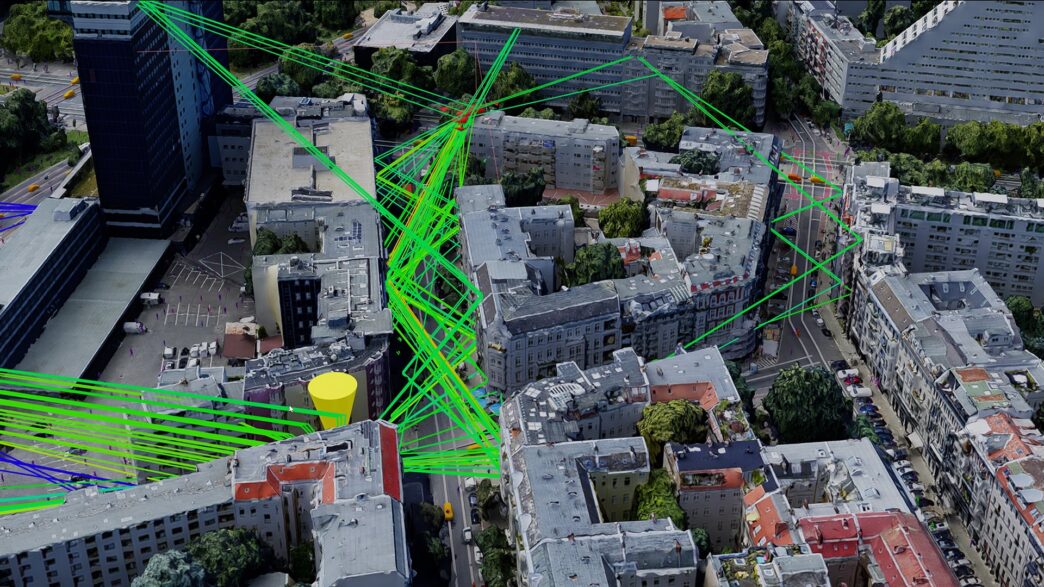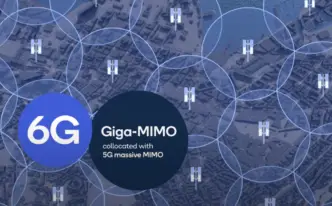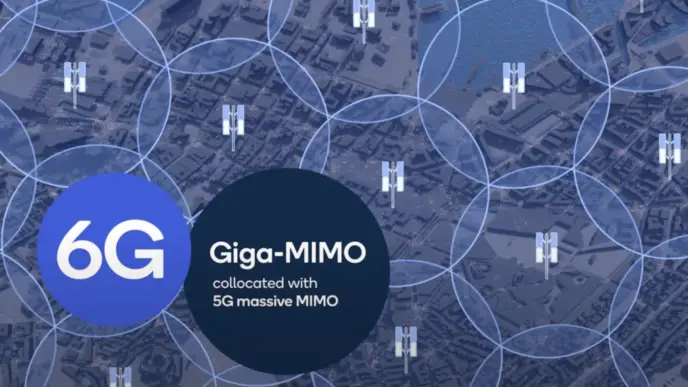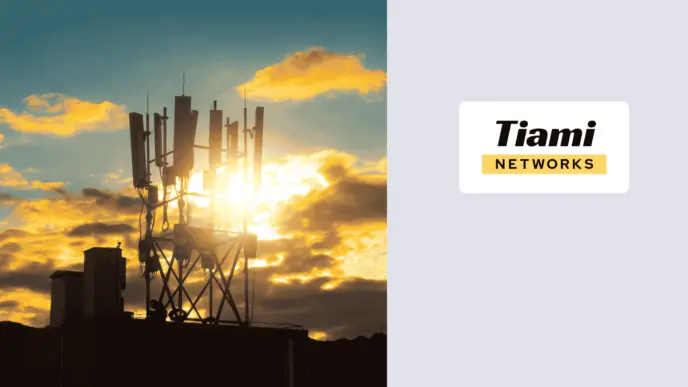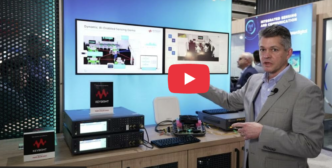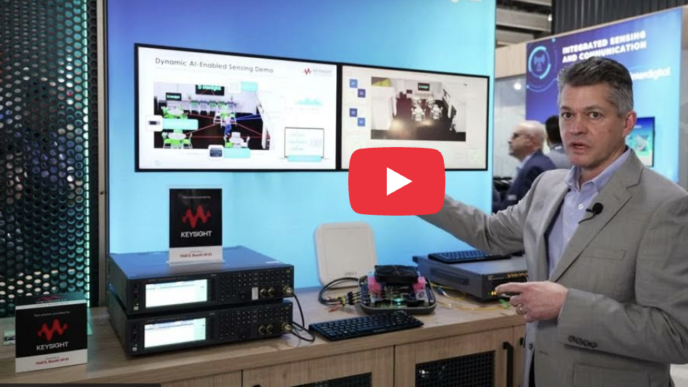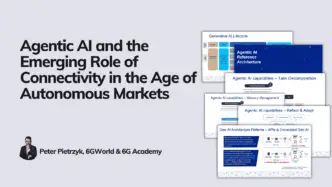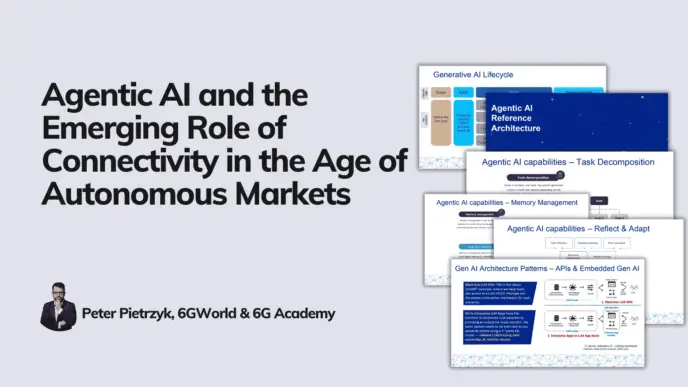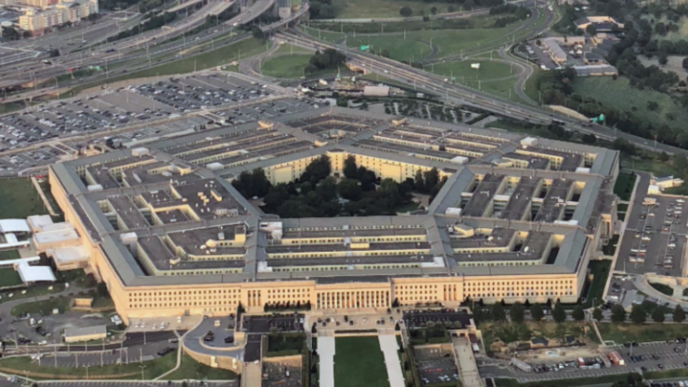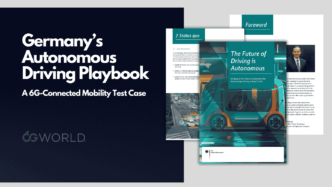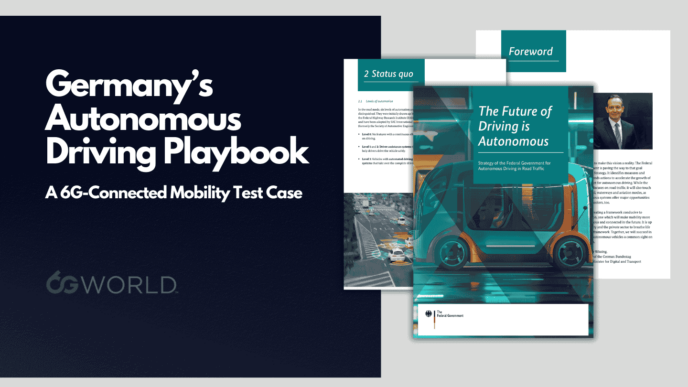As headlines tout NVIDIA’s partnership with telecom giants like T-Mobile, Cisco, MITRE, and Booz Allen Hamilton to build “AI-native” wireless networks for 6G, one thing is clear: the industry is betting big on artificial intelligence. The promise? Smarter, faster, more adaptable networks. But the rush toward embedding AI at the core of 6G architecture raises a crucial question: are we solving the right problems—or creating new ones?
From Cloud-Native to AI-Native
NVIDIA’s announcement marks a bold evolution from the “cloud-native” 5G era to an “AI-native” 6G future. By pushing AI closer to the radio access network (RAN) and core, the initiative aims to accelerate service creation, dynamic spectrum usage, and autonomous operations. Their AI-RAN platform blurs the lines between networking and computing, using GPUs and software-defined RAN to process real-time data more efficiently.
But beyond the technical excitement, the implications run deep. Is AI merely the next buzzword bolted onto the telco roadmap—or is there true transformation beneath the surface?
What Are We Actually Optimizing?
One of the core promises is enhanced spectral efficiency—yet many of the problems AI is said to solve stem from the very complexity we’ve added to networks. The risk is that we design networks that require AI just to stay afloat, rather than solving root inefficiencies.
Moreover, AI may excel at pattern recognition and dynamic decision-making, but its performance is deeply tied to the quality of training data. In complex and safety-critical environments like public networks, how do we ensure AI doesn’t amplify noise, bias, or anomalies?
Where Are the Red Flags?
Let’s unpack some of the risks that rarely make it into press releases:
- Operational Dependence: If core network functions become black-box AI decisions, how do operators debug or intervene when things go wrong?
- Security Attack Surface: AI/ML components could introduce new attack vectors—especially if adversarial learning or model poisoning isn’t adequately guarded against.
- Energy Trade-offs: While AI promises efficiency, training and deploying models at the edge is computationally expensive. What does that mean for sustainability in dense urban deployments?
- Vendor Lock-In: Who owns the models, the training data, and the adaptation mechanisms? If AI-native becomes synonymous with NVIDIA-native, will operators be trading today’s vendor lock-in for tomorrow’s platform lock-in?
Beyond Automation: What Role for Human Judgment?
Autonomous network management is a seductive vision, but removing humans from the loop entirely may not be prudent. Networks underpin critical infrastructure, national security, and public safety. A healthy dose of skepticism is warranted when automation edges into autonomous decision-making without clear human oversight.
Where Does This Fit in the Broader 6G Landscape?
This move fits squarely into broader efforts to make networks “intent-based,” “self-healing,” and “context-aware.” But those goals don’t always need deep learning—sometimes they need clearer architectural thinking and governance frameworks.
At 6GWorld, we’ve seen a growing tension between innovation at the infrastructure layer and the socioeconomic, ethical, and policy frameworks lagging behind. It’s essential we don’t mistake compute power for foresight.
NVIDIA and its partners are pushing boundaries—but we shouldn’t confuse ambition with inevitability. The AI-native network is an exciting direction, but also a risky one if pursued without caution, transparency, and a balanced ecosystem of checks and balances.
Let’s not build networks we can no longer understand.
